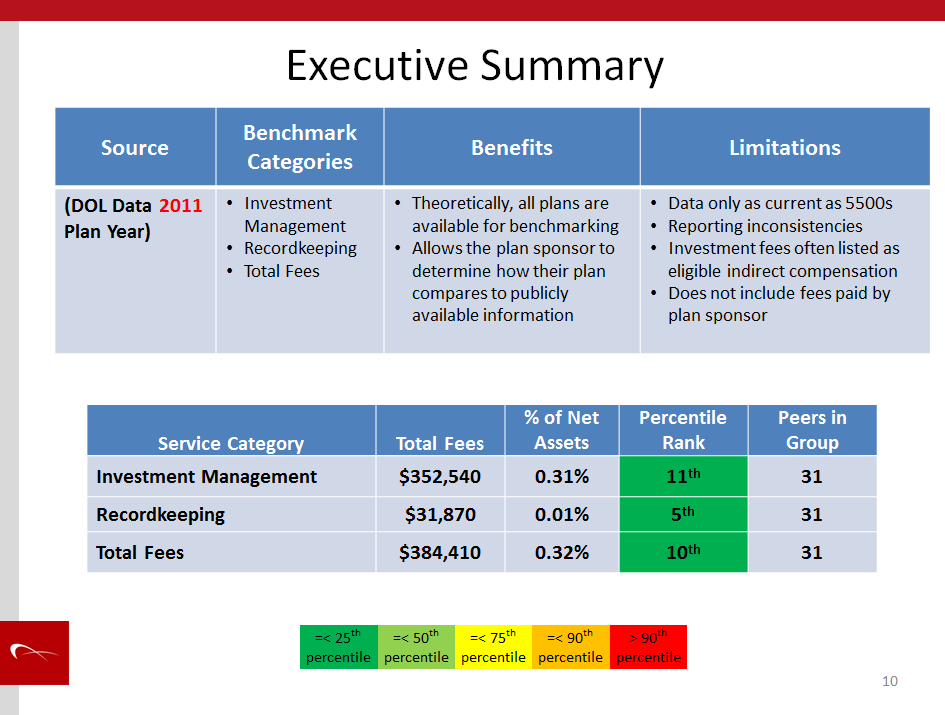
UX teams can use competitive analysis to create competition benchmarks.

We’ve identified four key sources for UX benchmarks: Where Does UX Benchmark Data Come From?ĭesign/team leaders and stakeholders often use benchmark studies ( summative evaluations) to identify metrics and set UX goals. These performance metrics are vital for design advocacy and acquiring valuable resources. To measure these metrics, DesignOps practitioners must have a baseline (benchmark) for tracking performance. Team productivity (resources utilization).Testing and prototyping lead time (time).In ROI of DesignOps, Patrizia Bertini outlines several key metrics for measuring efficiencies: You can also apply UX benchmarks to the department’s performance–an important focus for DesignOps practitioners.

The above examples relate to user and product benchmarking metrics. Defining a project’s business goals–conversion rate, completion rate, user engagement, eCommerce metrics, etc.As part of early research for a new product.Setting goals to beat industry standards.Competitive benchmarking–measuring UX KPIs against competitors.These are a few scenarios where UX benchmarking is most used:

This measurement could be for an entire project or when choosing a suitable component for a specific user interface. UX benchmarking is essential whenever the design team wants to measure success or failure. Conversely, teams can use tracking and analytics tools to determine quantitative data–i.e., it generally doesn’t require someone’s feedback to measure it.

Quantitative data: Numbers, ratios, and other measurable data.Qualitative data: Sentiment, loyalty, usability, user satisfaction, user experience, and other subjective data.The aim is to identify a baseline or benchmark from which to set goals and measure performance.īenchmarking helps answer the question, “is this better or worse?” Types of UX Benchmarksīenchmarks are tied to UX metrics, of which there are two categories: UX benchmarketing is a comparative performance evaluation measured against a standard–i.e., competitor, industry, or past performance.


 0 kommentar(er)
0 kommentar(er)
